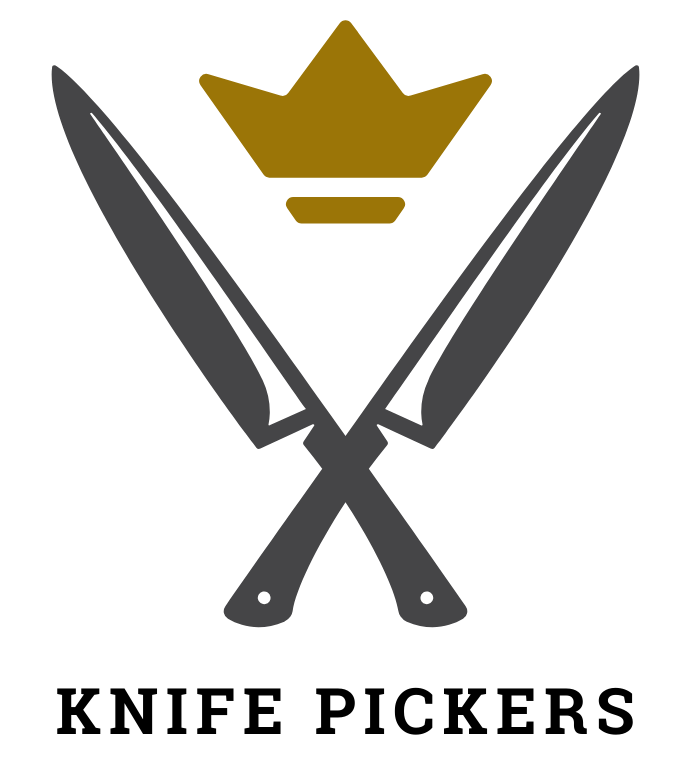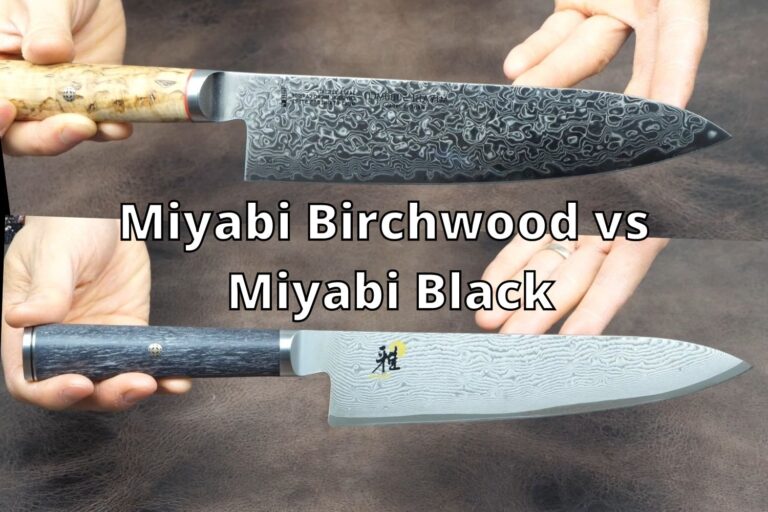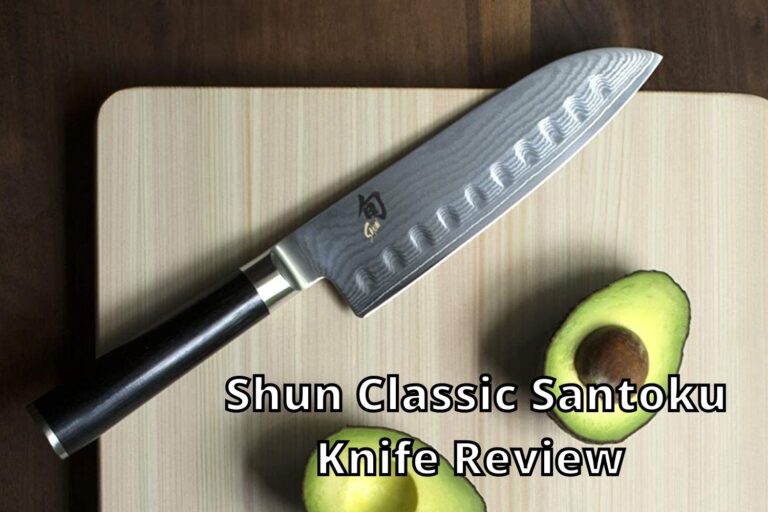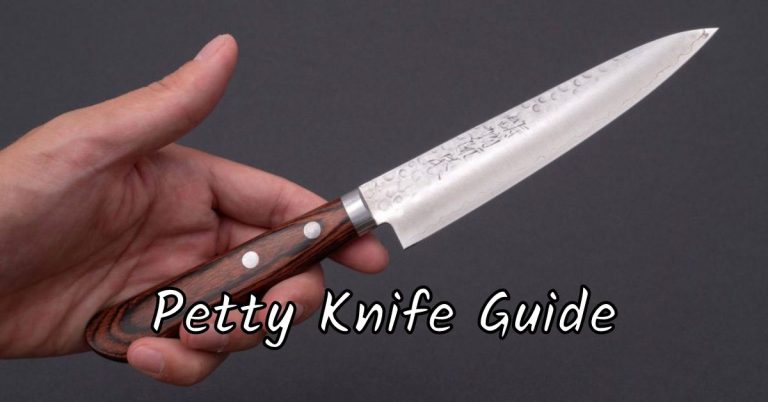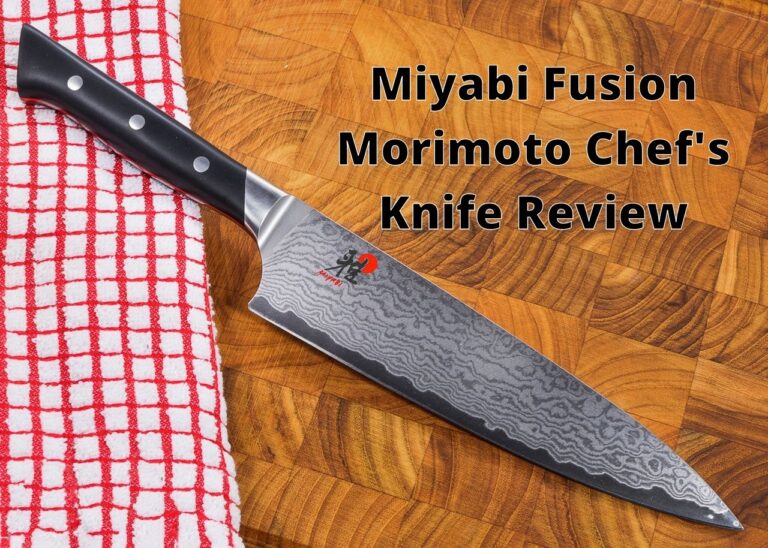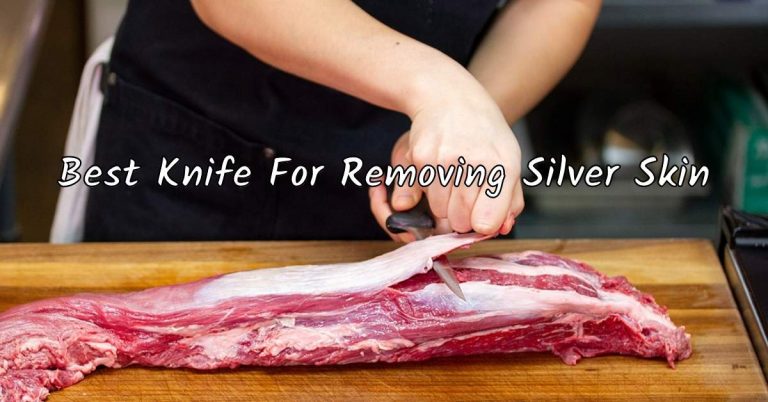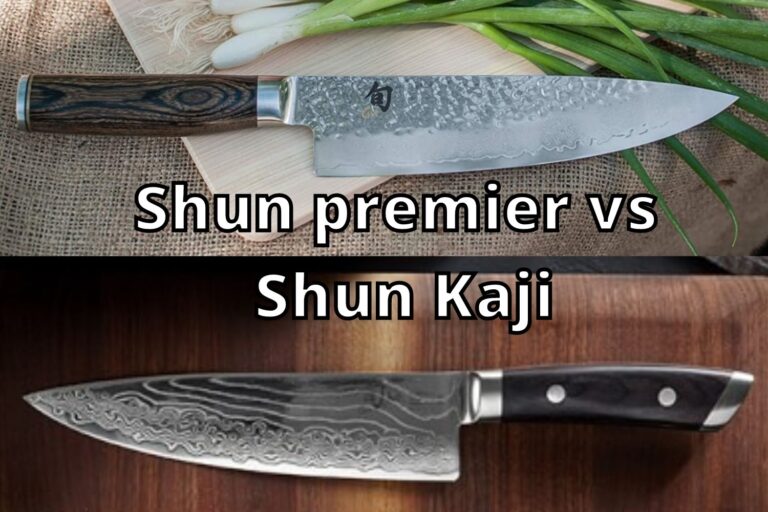When it comes to carving meat or fish, there are two types of knives that are commonly used: fillet knives and carving knives. Each type of knife has its own unique advantages and disadvantages that make it better suited for certain tasks. In this fillet knife vs carving knife article, we’ll take a closer look at the differences between fillet knives and carving knives so that you can choose the right tool for the job.
What is Fillet Knife?
A fillet knife is a type of knife used for filleting or removing the bones from, fish. It is a long, thin knife with a sharp, flexible blade that can follow the contours of the fish and make precise cuts.
Fillet knives are an essential tool for anyone who wants to prepare fish for cooking. They can be used to fillet whole fish or to remove the skin from fillets.
Fillet knives vary in length, but most are between 6 and 12 inches long. The blade of a fillet knife is usually made from stainless steel or carbon steel.
When choosing a filleting knife, it is important to select one that is the right size and shape for the job at hand. The blade should be sharp and the handle should be comfortable to hold.
It is also important to keep the knife clean and dry and to store it properly when not in use.
There are a few different types of fillet knives available on the market, including straight-bladed knives, serrated knives, and electric fillet knives. Straight-bladed knives are the most common type of fillet knife and are typically the most versatile. Serrated knives are best for filleting fish with tougher skin, such as sharks or swords. An electric fillet knife is also available cordless and with a cord.
What Is a carving Knife?
A carving knife is a specialized kitchen knife used for slicing and carving meat. It is similar to a chef’s knife, but is shorter and has a narrower blade. The blade is usually curved, making it easier to carve thin slices of meat.
Carving knives are made from a variety of materials, including carbon steel, stainless steel, and ceramic. The best carving knives are made from high-quality steel that is hardened and tempered for durability and sharpness.
Carving knives have the right size and shape for the task at hand. The blade is long enough to comfortably carve a roast or turkey, but not so long that it is unwieldy. The blade is also thin and sharp, with a fine point.
Carving knives are typically between 8 and 10 inches long and are either stiff (not flexible) or semi-stiff. Stiffer knives are better for tougher meats, while semi-stiff knives are better for softer, more delicate meats.
Carving knives are an essential tool for any home cook who enjoys entertaining. With the right carving knife, it is easy to impress guests with beautiful, perfectly-sliced meat.
Differences: Carving Knife Vs Fillet Knife
Fillet knives are typically smaller and more nimble than carving knives. This makes them ideal for tasks like removing the skin from fish or slicing meat into thin, even pieces. However, because they are smaller and have less surface area, fillet knives can be more difficult to control when carving large pieces of meat.
Carving knives, on the other hand, are larger and have a more robust construction. This makes them better suited for tasks like carving a roast or slicing thick cuts of meat as already mentioned in this carving knife vs fillet knife comparison. Because they are larger and have more surface area, carving knives can be easier to control than fillet knives.
Uses of Fillet Knife?
A fillet knife is a knife used for filleting, or cutting, fish. The blades of fillet knives are typically long, thin, and flexible, to make them well-suited for cutting meat away from bones.
While fillet knives are most commonly used for fish, they can also be used to fillet chicken, pork, and other types of meat. In addition to filleting, these knives can also be used for other tasks such as skinning, boning, and trimming the fat.
When choosing a fillet knife, it is important to consider the type of fish you will be filleting, as well as the size and thickness of the fillets. For smaller fish, a smaller knife with a shorter blade may be sufficient. For large fish, or for thicker fillets, a larger knife with a longer blade may be necessary as mentioned before in this fillet knife vs carving knife review.
Uses of Carving Knife?
One of the most important and versatile tools in a chef’s arsenal is the carving knife. This type of knife is designed for slicing and carving meats, poultry, and fish. It can also be used to cut through hard vegetables like squash and turnips. Carving knives usually have a long, thin blade that is between eight and 10 inches long. And as already mentioned in this fillet knife vs carving knife review the blade is often serrated, which makes it ideal for slicing through tough skin and meat.
A carving knife is not the same as a slicing knife, which has a straight edge and is used for slicing cooked meats that are not as tough as those that require carving. Slicing knives are also serrated, but not always.
While a carving knife can be used for a variety of tasks, it is most commonly used for slicing roast beef, turkey, ham, and other types of meat. It can also be used to carve vegetables like squash, turnips, and potatoes. A carving knife is an essential tool for any chef who likes to cook meat or vegetables.
Conclusion
If you have gone through this whole carving knife vs fillet knife then you must have got a clear idea. So, which type of knife is right for you? It really depends on the task at hand. If you need to remove the skin from a fish or slice meat into thin, even pieces, a fillet knife is a good choice. If you need to carve a roast or slice thick cuts of meat, a carving knife is a better option.
Related Article:
